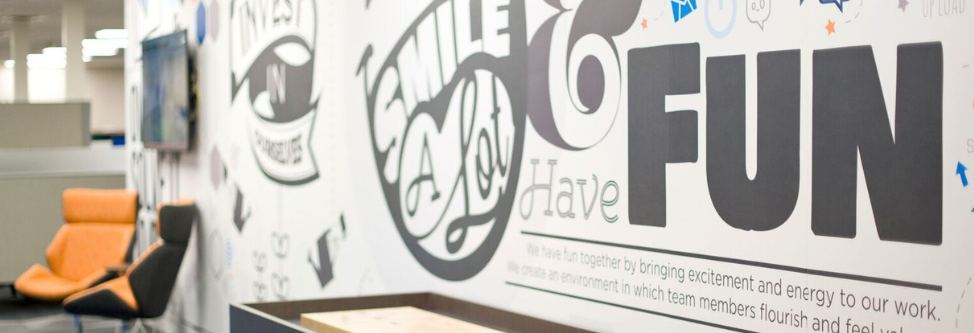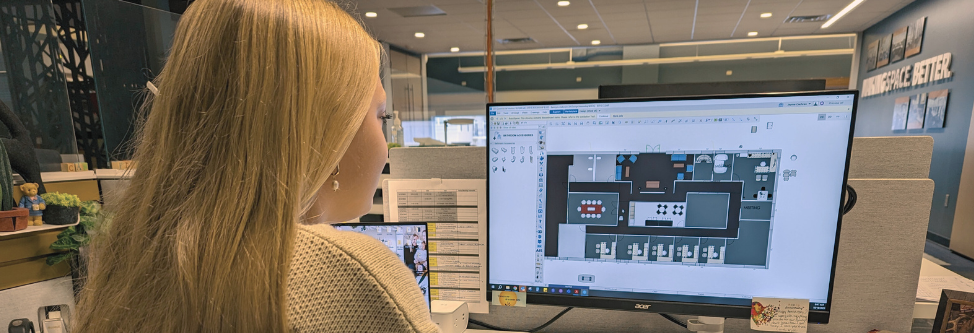
10 Key Factors for Designing the Perfect Workspace
Top 10 Tips for the Perfect Workspace
In the modern workplace, design isn’t just about aesthetics; it’s about creating environments that foster productivity, collaboration, and well-being. Whether you’re building a new office or remodeling an existing space, there are crucial factors to consider ensuring your workspace is set up for success—now and into the future. Here are the top 10 considerations for designing the perfect workspace:
1. Functionality and Flow
Efficient workflow is essential for productivity. Consider how different departments interact to direct the layout design to facilitate seamless collaboration and movement throughout the space.
2. Flexibility and Adaptability
Business needs evolve, so your workspace should be adaptable. Incorporate raised, access flooring (on new builds), modular walls and modular furniture all which can easily flex to accommodate changes in staffing, technology, and workflow.
3. Comfort and Ergonomics
Employee comfort directly impacts productivity and well-being. Invest in ergonomic furniture, proper lighting, and temperature control to create a comfortable and supportive work environment.
4. Culture and Branding
Your workspace should reflect your company’s culture and brand identity. Incorporate brand colors, logos, and visual themes to create a cohesive and inspiring atmosphere that reinforces your company culture.
5. Natural Light and Biophilic Design
Maximize natural light exposure and incorporate biophilic design elements such as indoor plants and natural materials to enhance employee mood, creativity, and connection to nature.
6. Technology Integration
Equip your workspace with the latest technology to support communication, collaboration, and productivity. High-speed internet, video conferencing capabilities, and integrated AV systems are essential for modern businesses.
7. Privacy and Acoustics
Strike a balance between open collaboration spaces and private areas to accommodate different work styles. Use sound-absorbing materials and acoustic design strategies to minimize noise distractions and ensure privacy when needed.
8. Wellness and Health
Promote employee health and well-being by offering amenities such as standing desks, fitness areas, and quiet zones. Encouraging movement and providing spaces for relaxation can improve employee morale and reduce stress.
9. Sustainability and Green Initiatives
Embrace sustainable design principles and materials to reduce the environmental impact of your workspace. Incorporating energy-efficient lighting, recycled materials, and waste reduction strategies demonstrates your commitment to sustainability.
10. Feedback and Involvement
Involve employees in the design process to gather insights and feedback on their needs and preferences. Creating a space that reflects their input fosters a sense of ownership and community, leading to greater satisfaction and engagement.
Conclusion
Designing the perfect workspace requires careful consideration of various factors, from functionality and comfort to branding and sustainability. By prioritizing these key elements, you can create a workspace that not only supports productivity and collaboration but also enhances employee well-being and satisfaction. Remember, a well-designed workspace is an investment in your company’s success and the happiness of your team.
Whether you are starting a new building or refreshing your current space, our expert team would love to assist you. Together, we will make your space better.



